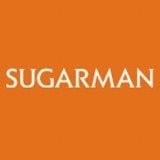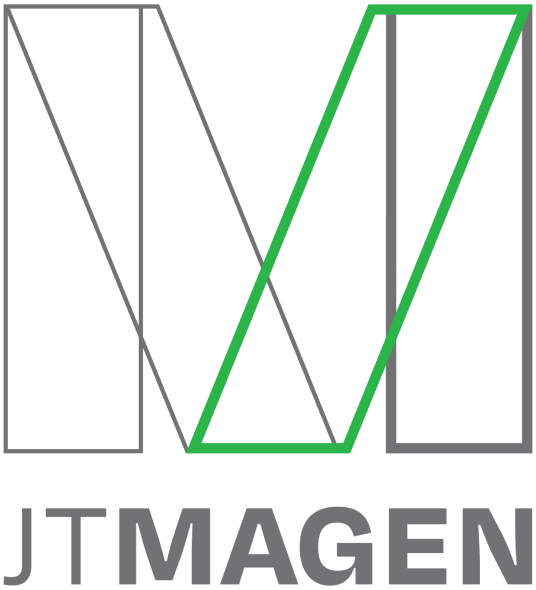When it comes to technology, the past decade has shown a slow death of hardware. In the world of consumer electronics and entertainment, we’ve seen many examples of new technologies pushing older ones to extinction: streaming reduce the demand for DVDs, which was less than a decade old; the iPhone killed the standalone MP3 player, which itself had eradicated the Walkman and Discman; the digital camera replaced film cameras; and PDAs killed the Filofax.
In business, the internet and cloud are the leading drivers of this evolution. Email killed fax machines while cloud-based email services killed dedicated email servers. Most companies back up their information to the cloud, rather than to tape drives. Many applications, such as CRMs, accounting, and ERPs, live in the cloud, rather than on dedicated servers. Services, such as network security, spam filtering, and file sharing, also moved away from dedicated servers or hardware and into the cloud. Many companies now have their phone systems in the cloud instead of in-house phone systems. All of these changes make sense because when done right, they are typically faster, more reliable, and more cost effective than the on premise alternative.
Is Your PC Next to Go?
As more and more business IT moves to the cloud instead of traditional hardware, what’s next? Look no further than your desktop PC. Yes – the black box sitting under your desk may be next to go to the cloud in the form of Desktop as a Service (DaaS). The same way that advances in technology have made it possible to move other pieces of your company’s IT to the cloud, the capabilities are finally here to move entire computers to the cloud along with their applications, files, and settings, making them accessible from anywhere.
If this sounds like the current way that you remotely access your PC, you’re thinking along the right track. Systems such as LogMeIn or GoToMyPC let you access a desktop PC from anywhere provided, of course, that the PC is powered on and connected to the internet. The big difference between these and DaaS is that with DaaS your PC is in the cloud so there’s no need to purchase, support, secure, maintain, or worry about a physical PC on your desk. Furthermore, DaaS platforms perform much faster than remotely accessing an individual PC – when done properly, they are as fast or faster than most desktop PCs on the market today. Finally, many DaaS providers offer much more than just a PC in the cloud – they handle network security, business applications, remote printing, file access, encryption, maintenance, support, and more.
Cloud Advantages
Moving desktops to the cloud offers many of the same advantages as other cloud services. First, they are reliable – maintenance and upgrades are handled by the cloud provider so that things like hardware malfunction, power or internet outages, and inclement weather do not have an effect. Second, they are secure – data is typically fully encrypted and stored in purpose-built data centers with dedicated teams focused on security and threat monitoring. Finally, they are cost effective – scaling easily as your business grows, not requiring large capital expenditures every few years to upgrade or replace, and often giving a total cost of ownership far less than the on premise alternative.
Most, if not all of these benefits, are very obvious with things that moved to the cloud years ago such as email, file sharing, and phone systems. Because desktops are the newcomer to the group, it’s taking time for some to understand their existence in the cloud: just like it was hard to imagine movies streaming to your HDTV over the internet until you actually experienced Netflix for yourself. Many large businesses embraced virtual desktops by building them into their own clouds. And, in the past two years, many small businesses such as law, accounting, finance, and real estate firms have begun to embrace DaaS, as well.
Is it only a matter of time before desktop computers are viewed the same as tape drives, DVD players, and fax machines are?








